Seeing the invisible — learning through teaching
A group of people are sitting in a circle immersed in conversation. Their attention is focused on someone off camera. There are banners for MakeSpace and ActNow Theatre pulled up behind the group.
Written by Teddy Dunn
One of the reasons I love drama is that it makes the invisible tangible. Dramaturgy, the study of drama as a substance, is as much the study of the invisible as anything else. I was therefore so lucky to be able to believe in the invisible, enough that I could feel my way towards my true self. ActNow and my experience running the Queer Youth Theatre group was vital to that.
In a world defined by compartmentalisation and delineation, an experience of oneself as transgender can be difficult to grasp. We are only now, as a society, starting to get language to describe the transgender experience — and even then, it is clunky, and tends towards compartmentalisation too, regardless of how many more compartments now exist. Of course, theatre makers understand that words are only half of meaning making, and that silences — particularly embodied ones — are just as articulate as words. And in the more fundamental of human experiences, even more so.
How lucky I was then, to be given the opportunity to teach dramaturgy to young queer people, at a moment when my own latent gender identity was starting to stir. I had finally got stuck into therapy — and, after living in a state of freeze I had inhabited since I could remember, was starting to thaw out. I was in the process of learning to feel, and this provided me with fertile and new (to me) ground, upon which to grow my dramaturgical gardens. The human body, with all its feelings and emotions, is the instrument upon which drama plays its tune. So when I was asked to run a queer youth theatre workshop by ActNow, I brought this newness. Theatre is sometimes pitched for young people with “too much energy”, or who “like to show off”, or are “attention seekers”. In my experience however, actors and theatre makers are usually simultaneously searching themselves for insights about the world, and searching the world for insights about themselves. This was what I set out to teach, through the lens of queerness — the capacity to recognise oneself in surprising places.
Queer people have always been remarkably creative in their capacity to recognise and represent themselves. One of my favourite examples was the embracing of The Babadook as a queer icon, after an accidental inclusion of the film in Netflix’s LGBTIQA+ section. Through retrospectively applying a queer lens to the film and finding both superficial justifications for its queerness (the Babdook’s love of hats) and thematic (having to live in a basement of a family that doesn’t accept the Babdook’s presence). Obviously this application was done in jest, but this skill has been historically used by queer culture makers to provide representation without being explicit, perhaps because the journey to oneself tends to follow a similar arc, and, at the end of the yellow brick road, you realise that you were wearing the ruby slippers that would bring you home all along.
The youth that came to the workshops were clever, and reflexive, and very attuned to themselves, in a way that I could only have dreamed of when I was a teenager and young adult. I was the first person in my high school to come out while at school, and this was in 2004, which seems like a very long and a very short time ago. It was interesting to have conversations with members of Gen Z. I had come from an information desert, and they from an information swamp. Together we could isolate and observe things in ways that provided clarity to us all.
In watching their facility with their own gender identities, I began to be noticed by the trans and non-binary members of the group. Queer people are renowned for being able to spot one another, and trans people are perhaps even more attuned than other members of our community. These beautiful young people were gentle, and picked up on little utterances and flickers of the truth of my transness with this warm recognition. They offered to use different names for me, different pronouns, different modes — they looked to me as a queer text, and saw, hidden in the depths, themselves. Their look of recognition made me look back for the same in return — and there I was.
It was not straightforward for me to be rendered visible. Often, the visibility falls to the one being looked at, to become more public, or more evident, or more obvious. To be visible requires a kind of opening and freedom, yes, but more importantly, it requires a community of people who are looking to recognise themselves in you. I would not have been visible to myself anywhere near as quickly without a group of people who came to a little room in the upstairs section of the Adelaide Railway station to talk about Tenessee Williams, and to really look for his queerness in his work. The earnest search for the longing in him, and in other queer creators, led to revelations about art, the self, queerness — and this is our role, as culture makers. We look beyond what is presented. We seek to experience the invisible.
For society to make trans people visible we need to teach ourselves to see beyond the current colour spectrum, not ask trans people to step into what we’re already seeing. Everyone will find their own way — but A Streetcar Named Desire worked for me, with the help of some visionary youth.

